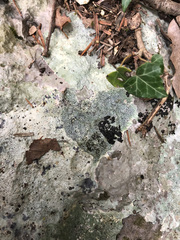Sporisorium reilianum

Sporisorium reilianum is a notable species of fungus that is primarily known for its role as a plant pathogen, particularly affecting crops like maize (corn) and sorghum. While it may cause significant agricultural damage, the presence of this fungus also forms part of the complex biodiversity in regions like the Comunidad Valenciana.
The fungus is often referred to locally as "tizón del maíz" due to its common appearance on maize crops, where it manifests as a smut disease. This disease is characterized by the development of tumors on the plant, which later burst to release fungal spores, spreading the infection further.
- Appearance: Sporisorium reilianum creates galls or swellings on the inflorescences of maize and sorghum. These galls usually transform into masses of black spores as they mature.
- Life Cycle: The fungus overwinters as dormant spores, which can remain viable in soil or on seed surfaces. When conditions are favorable, they germinate and infect young plants, typically at the seedling stage.
- Habitat: This fungus thrives in temperate climates and can be found in agricultural settings where its host plants are cultivated.
- Impact: As an agricultural pathogen, Sporisorium reilianum can lead to reduced crop yields, impacting both local farmers and the broader agricultural economy.
- Control Measures: To manage its spread, agricultural practices such as crop rotation, use of resistant varieties, and careful seed treatment are recommended.
Understanding the role and management of Sporisorium reilianum is crucial for maintaining the health of local ecosystems and agriculture in the Comunidad Valenciana.






